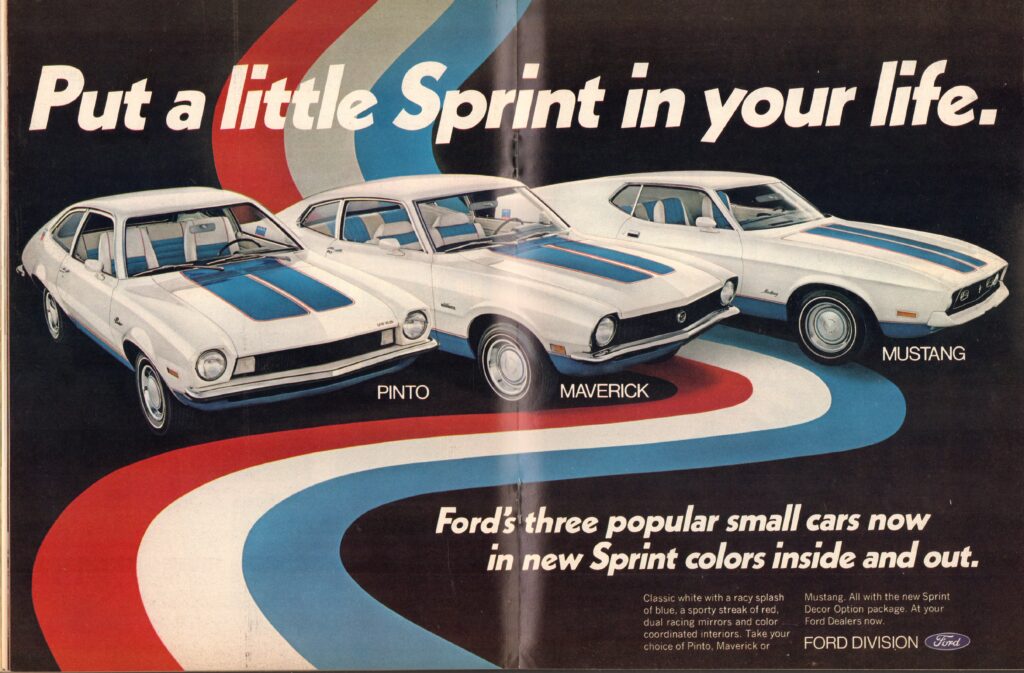Introduction
This research will examine the effect of changing gender norms (Independent Variable) on the portrayal of men and women (dependent variable) in auto commercials over time from 2000 to 2023. Commercial advertisements will be the focus of this research. I focused on the latent content of the commercials rather than the sample size itself. During content analysis, paid specific attention to the visual imagery and language of the advertisement: clothes, power dynamics, sexualization, descriptions, and words used with gendered meanings.
Gender norms have consistently been a factor in marketers’ decisions on what types of ads to print and or run. Gender norms, for the purpose of this research, are defined as how people act, dress, and behave in a setting where the behavior is in line with concepts of masculinity and femininity within the present society of focus. Gender norms are going to be considered old or new: old norms are in line with “traditional” expectations and new norms are in line with progressive ones. Traditional norms are norms that are those seen in the 20th century and progressive norms are norms that have emerged following the women’s rights movement. In the early part of the 20th century, “Automobile advertisements often reinforce[d] traditional gender stereotypes by portraying men as powerful, dominant, and in control and women as passive, submissive, and dependent on men”(López-García et al., 2017, p. 536). The marketing of cars is often centered around gender norms. Automotive companies have reinforced norms through their advertisements as a means of control over the consumer. Marketers within the automotive industry have structured their ads to make certain impressions on the consumer so that those impressions get turned into the act of buying a car. The gender norms “representations perpetuate gendered power relations” (López-García et al., 2017, p. 536) portrayed in past and present car ads.
Cars have been a long-standing symbol of masculinity and femininity; where both concepts are juxtaposed for various purposes. Gender norms have been at the heart of guiding what is seen as masculine and what is seen as feminine. Since the 2010s, there has been a more rapid success in transforming society’s perceptions and understanding of gender. The impact of gender norms on the marketing of automobiles is important for two reasons. First, it can help guide theory to determine if the gender norms and portrayals of masculinity and femininity have been changing since the start of the 21st century. Secondly, it can help guide organizations to better understand the intersection of gender and marketing.
